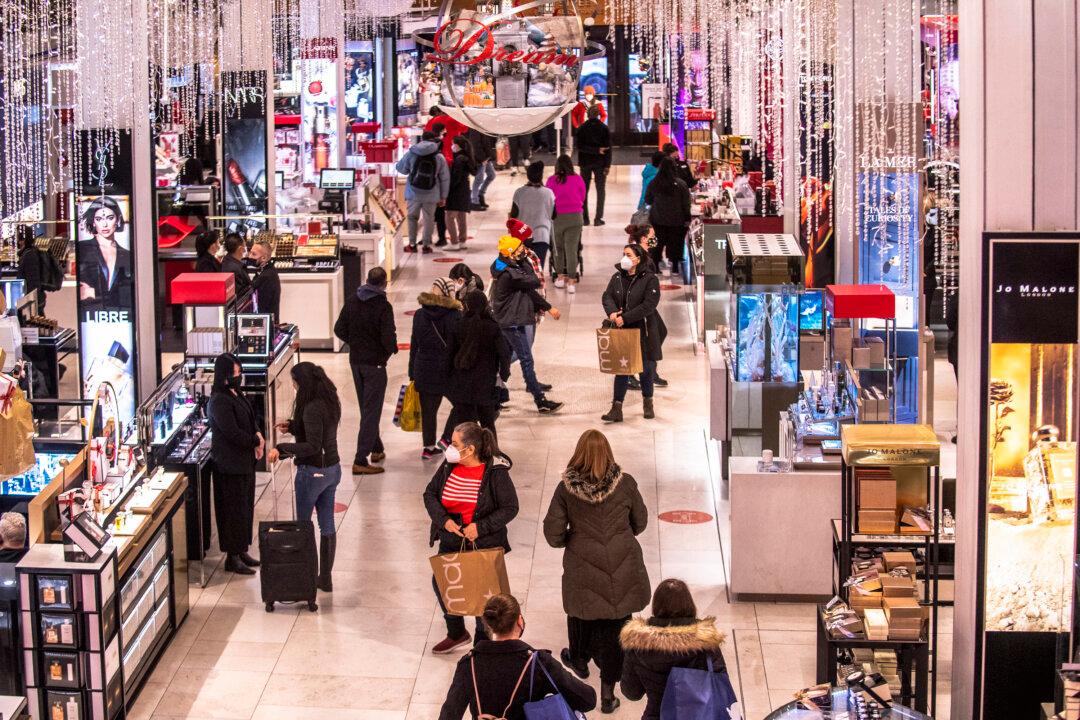Some of the largest banks in the United States have remained optimistic about the economic outlook for the nation this earnings season, driven in part by healthy consumer spending.
Bank of America, in its reported earnings on Jan. 19, stated that its 67 million customers spent a record $3.8 trillion in 2021, which is a 24 percent increase from the pre-pandemic benchmark in 2019.





